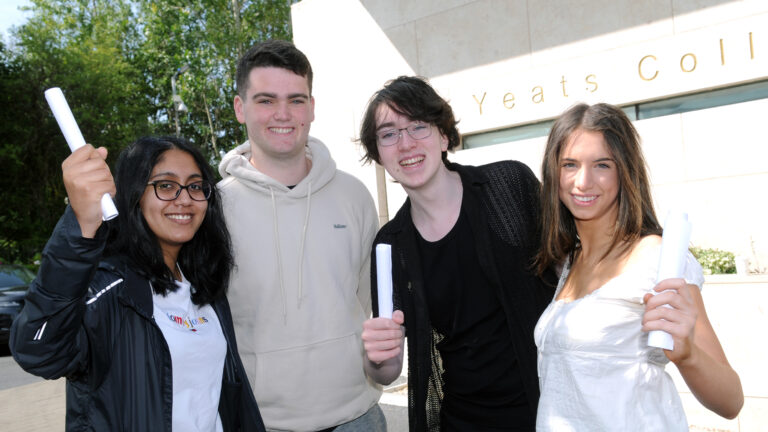Written by Katrina Davitt, Yeats College PhysChem teacher
An exam with a few surprises but nothing that couldn’t be figured out by reading the questions carefully and taking some time to answer.
Physics
Question 1 contained a nice mix of short questions from all areas of the course. Questions focused on theory and calculations. There weren’t many definitions. With the extra questions prepared, students should have been able to answer the 11 questions needed.
Mechanics was in its usual location in question 2 and contained a good combination of definitions, theory and calculations. A straightforward graph was included with some nicely worded questions.
Question 3 was based on light, which, for the most part, was straightforward with laws of reflection and a calculation for image distance and object height. Students may have found part (c) tricky; this was based on the compound microscope and focal length, but with some careful thinking, it was manageable.
Question 4 was a heat question focusing on gas laws. The graph given in the question would have been welcomed by some students, but they had to look carefully at the information given.
Question 5 contained a nice mix of the electricity course and again included a graph for students to plot. The calculations included were straightforward.
In question 6, students were given four questions, and they had to answer two. Part (a) was based on light again, this time focused on refraction. Part (b) asked questions on charges, part (c) focused on magnets and magnetic fields and (d) was the usual question on radiation. All questions used clear wording and diagrams.
Chemistry
The short questions in question 7 gave students plenty of choice with some nicely worded questions.
Question 8 was based on atomic theory and focused on ionisation energies and isotopes. There were no surprises, and again, students would have been happy to see a clear graph given in the question.
Question 9 had an acid-base titration, which stated that ammonium hydroxide is a weak base, which would have helped students with the titration curve questions. The calculation part of the question was nicely asked.
Question 10 contained questions on oxidation and electrochemistry. The well-prepared student would have done well here.
Question 11 contained a mix of organic theory and experiments. A lot of detail and a good understanding were needed to answer these questions.
In question 12, students had a choice of four parts (a), (b), (c) and (d). Students had to answer three out of four questions. Here, they had a nice choice between (a) Bohr’s theory, (b) a straightforward mole calculation (c) Hess’ law, where students had to be careful of the wording as one mole was needed instead of two. Part (d) was another atomic theory question focusing on crystals.
There were some difficult parts to the exam, and some students would have been surprised by a slight change in how some questions were presented. However, the generous amount of time given in the exam and the flexibility in the number of questions answered on the Physics and Chemistry side would have benefited students greatly.






